Good morning! Below is the next issue of Safety In Seconds: Your Monday Morning Safety Meeting In Minutes.
– Your Clement Communications Safety Management and Compliance Team
Today’s Topic: Confined Spaces
Confined spaces present some unique hazards that make them particularly dangerous places to perform work. Today we’re going to spend a few minutes talking about confined space safety.
(Ask the following question and allow about one minute for employees to respond.)
- What are some characteristics of a confined space?
Discussion Points
According to the Occupational Safety and Health Administration (OSHA), a confined space has the following characteristics:
- Is large enough for an employee to enter and perform work
- Has limited or restricted means for entry or exit
- Is not designed for continuous employee occupancy
Some examples of confined spaces include equipment closets, ventilated tunnels and machinery cabinets. (Ask the following question and allow one to two minutes for employees to respond.)
- What is a permit-required confined space?
Discussion Points
Permit-required confined spaces (permit spaces) are spaces that warrant special precautions due to the presence of health and/or safety hazards. Permit spaces contain one or more of the following characteristics:
- Contains or has a potential to contain a hazardous atmosphere
- Contains a material that has the potential for engulfing an entrant
- Has an internal configuration such that an entrant could be trapped or asphyxiated by inwardly converging walls or by a floor that slopes downward and tapers to a smaller cross-section
- Contains any other recognized serious safety or health hazard
(Ask the following question and allow about two to three minutes for employees to respond.)
- What are some important rules that apply to all permit spaces:
Discussion Points:
- If you do not have a permit, do not enter the
- Do not enter a permit space if you have not been trained to do
- Before entering a permit space, make sure you know how and when to
- Identify the existence of any physical hazards in the space prior to
- Before and during entry, test and monitor the space for oxygen content, flammability, toxicity or explosive hazards as
- Use fall protection, rescue, air-monitoring, ventilation, lighting and communication equipment according to entry
- Maintain contact at all times with a trained attendant either visually, via phone or by two-way radio. This monitoring system enables the attendant and entry supervisor to order you to evacuate and to alert appropriately trained rescue personnel to rescue entrants when
Final Thoughts
Every year, an average of 92 employees die in confined space accidents. If you have questions or concerns about working in confined spaces, please ask. As always, your safety is our number one concern.

